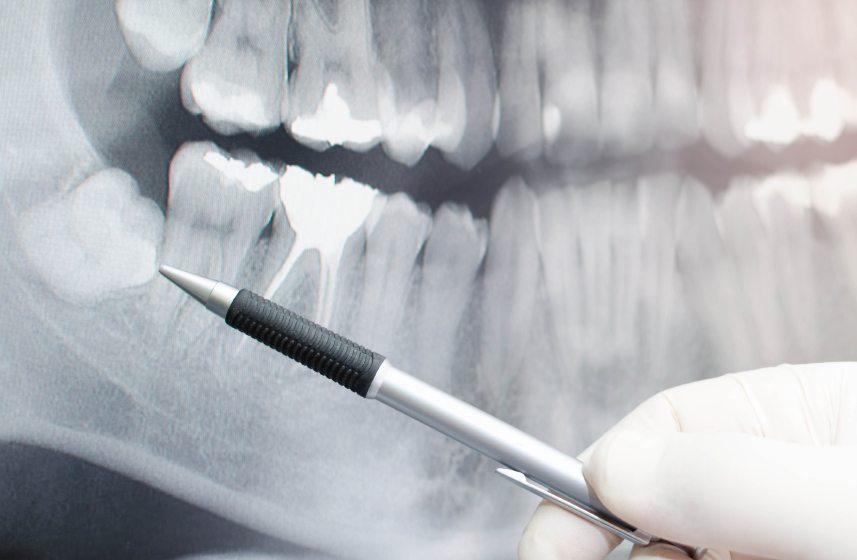Tooth decay happens when the acid made by the bacteria in the mouth eats away at a tooth. This common oral disease affects most people at least once in their lifetime. However, it is easy to treat.
How can tooth decay be treated?
If not treated, tooth decay can cause severe pain and infection. It may even lead to tooth loss.
If the decay is only in the early stages, it may be easy to reverse.
1. Early stage tooth decay
Decay is typically caused by the bacteria in the mouth feeding on sugars. Restrict the frequency of sugar and starch intake.
- Xylitol is also a sugar substitute that can be chewed on after meals as it kills bacteria.
- Mouthwash reduces the bacteria in the mouth
- Dental floss removes plaque from between teeth, while brushing will remove plaque from outside the teeth.
- Dental sealants in the pits and grooves of the teeth will help prevent plaque formation.
- Regular visits to the dentist will prevent or detect cavities early and make it easier to treat them.
2. Remineralization to treat shallow cavities
Fluoride and calcium are used to treat cavities that are shallow or have just begun developing. Fluoride is a natural substance that is found in abundance in soil and water. Enamel on the teeth becomes more resistant to decay with fluoride treatment. Fluoride toothpaste is an effective way to apply fluoride to tooth enamel.
Dentists also use enamel varnishes and fluoride treatments that are applied to the teeth. The dentist decides on the amount of fluoride to be used as higher amounts may prove to be toxic.
3. Restoration of decayed tooth
Restoration is needed when the cavity has progressed extensively.
Fillings: Fillings made of composite or silver amalgam are used to treat small cavities.
Crowns: If the cavity is large, it is first treated with a filling, and then the tooth is crowned.
Root canal: When the cavity progresses to the root of the tooth, the dentist will clean the cavity and treat the nerves of the root. Then, the cavity is filled and the tooth is capped.
4. Extraction of damaged tooth
When the cavity has damaged majority of the surface of the tooth, the tooth has to be extracted.
Dental Implants: When a tooth is extracted, the empty space can be filled by a dental implant, which is customized to the patient’s requirements.
Bridges: If there are healthy teeth on both sides of an extracted tooth, a bridge can be used to close the gap left by the extracted tooth.
Tooth decay can be treated, but prevention is always better than cure. The best way to prevent cavities is limiting the consumption of sugar and starch, maintaining oral hygiene, and consuming a diet rich in calcium.

